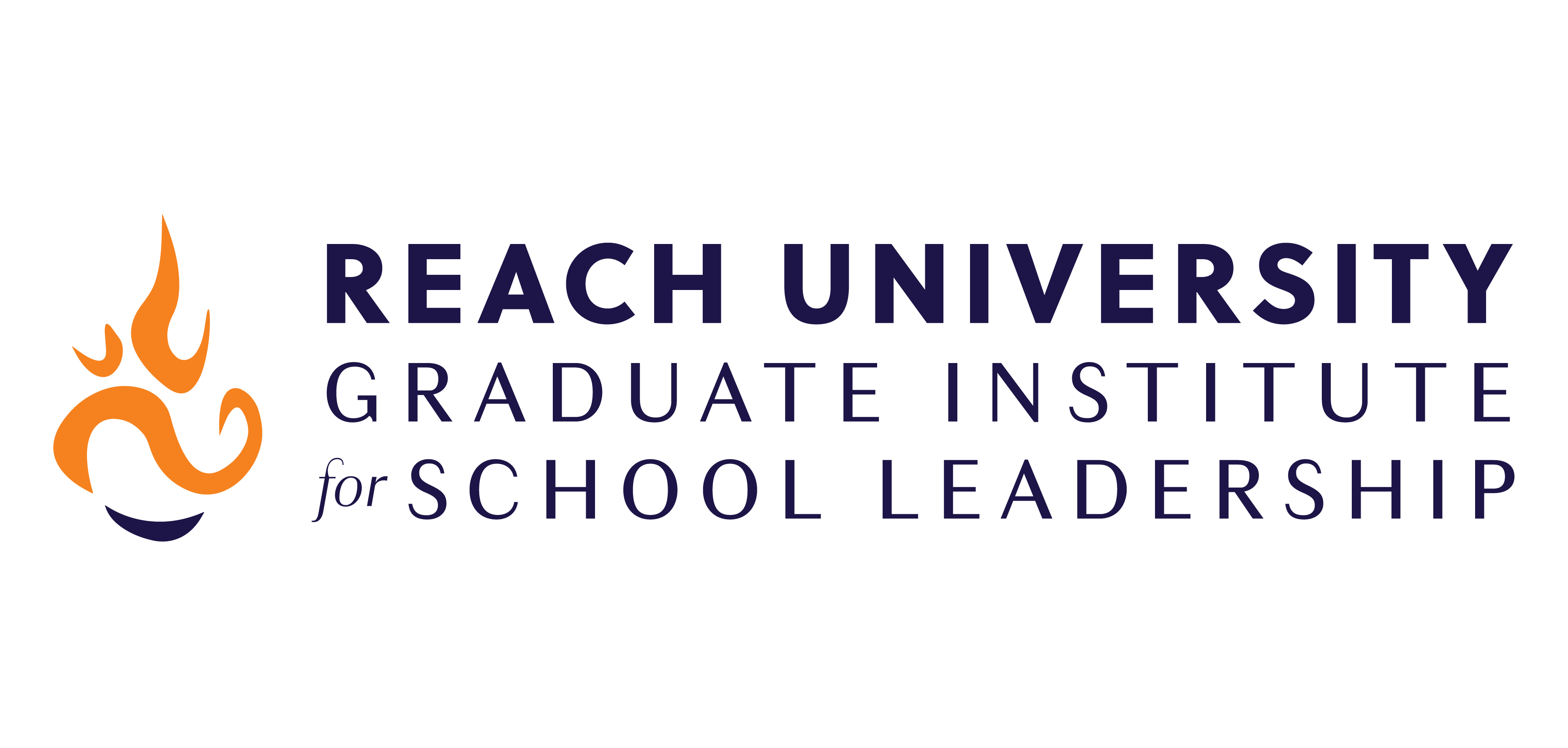Improving Writing Instruction Through Professional Learning Communities

Proficiency in written communication is an essential skill for achieving success in post-secondary education, as well as in professional work in most occupations and organizational structures. Therefore, young people with low levels of proficiency in writing face an insidious, invisible barrier to entry to successful college and career pathways. A More Perfect Union High School is a small, high-performing urban charter school. Despite relative success, AMPUHS is unable to fulfill its stated goal of having all graduates be college-ready writers. Furthermore, teachers at AMPUHS do not have a common model of writing instruction. In this action research study, I engaged with a group of five other AMPUHS educators in a collaborative and reflective process to improve writing instruction at our school. Over a period of seven weeks, we met six times, covering a linked sequence of topics designed to develop a shared understanding of the culture, structures, and processes that relate to the teaching of writing at our school. As the study progressed, we allowed the autonomously expressed interest of the group to adjust our course, which resulted in substantial deviation from the original set sequence. Much of our time was dedicated to the analysis and comparison of representative samplings of AMPUHS student writing: we looked at trends within grade levels, trends in growth or lack of growth across grade levels, and trends in what kinds of writing prompts elicited what kinds of responses from what students. We also used SBAC-released rubrics to calibrate our own grading of AMPUHS student writing and compared it with samples of non-AMPUHS student writing of differing levels of proficiency. We spent time discussing the structures and benefits of a widely used set of graphic organizers designed to scaffold and support AMPUHS students in writing essays.

